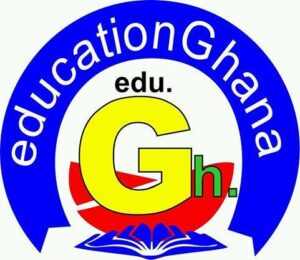Understand the updated STEM curriculum for Ghana’s SHSs in 2025. Explore elective subjects, teaching approaches, assessment systems, and how the structure prepares students for global opportunities in science, technology, engineering, and mathematics.
📚 What Is the STEM Curriculum?
Ghana’s STEM curriculum at the SHS level integrates Science, Technology, Engineering, and Mathematics into an interdisciplinary framework designed to:
Foster problem-solving, innovation, and practical skills
Bridge the gap between academic learning and real-world industry needs
Position Ghanaian students for global competitiveness and tertiary readiness
🧪 Core STEM Subject Areas (Compulsory & Elective)
✅ Core Subjects (All SHS Students):
English Language
Mathematics (Core)
Integrated Science
Social Studies
ICT (Basic)
✅ STEM Elective Clusters:
Students select 4 electives, often in combinations designed for Science or Technical tracks.
🔬 General Science Track:
Elective Mathematics
Biology
Chemistry
Physics
> 🔎 Focus: Health sciences, natural sciences, engineering, and pure mathematics pathways.
⚙️ Engineering & Technical Track:
Elective Mathematics
Physics
Applied Electricity / Electronics
Technical Drawing / Engineering Science / Metalwork
> 🔎 Focus: Mechanical, electrical, civil engineering and technical university admissions.
💻 Computer Science & Innovation Track:
Elective Mathematics
Physics
ICT (Advanced) / Coding / Robotics
Graphic Design / Data Science (in select STEM SHSs)
> 🔎 Focus: Software engineering, AI, data analytics, and digital entrepreneurship.
🧬 Agritech & Environmental Science Track:
Biology
Chemistry
General Agriculture / Crop & Soil Science
Elective Mathematics / Physics
> 🔎 Focus: Agro-science, climate resilience, biotech, and food systems.
—
🏫 Key Components of STEM Education (2025 Structure)
🧩 1. Practical & Lab-Based Instruction
Weekly lab hours in Biology, Physics, Chemistry
Engineering design projects (using Arduino kits, CAD, etc.)
Science fairs, innovation expos, and model-making assignments
🌐 2. Digital & Blended Learning
T-TEL-supported digital platforms
LMS integration with online tests and simulations
Google Workspace for Education, Microsoft Teams & Huawei ICT Academy tools
👩🔬 3. Gender-Responsive Curriculum
Girls-in-ICT modules integrated into computer science
Scholarships and mentorship programmes for female STEM students
STEM clubs and bootcamps targeting inclusive participation
📊 4. Assessment System
Continuous assessment: 30%
WAEC external exam: 70% (including Practical WASSCE)
Competency-based tasks (science demos, coding, group engineering projects)
🎓 Outcomes of the STEM Curriculum
Produces STEM-ready graduates for both university and TVET pathways
Builds entrepreneurial thinking and industry problem-solving mindset
Encourages national development through innovation in agriculture, health, tech, energy
🔗 Related Resources on EducationGhana.org
Top STEM SHSs in Ghana – 2025 Rankings
How to Join a STEM Senior High School in Ghana
Girls in STEM: How Female Students Are Shaping Ghana’s Digital Future
Discover more from EducationGhana
Subscribe to get the latest posts sent to your email.
























